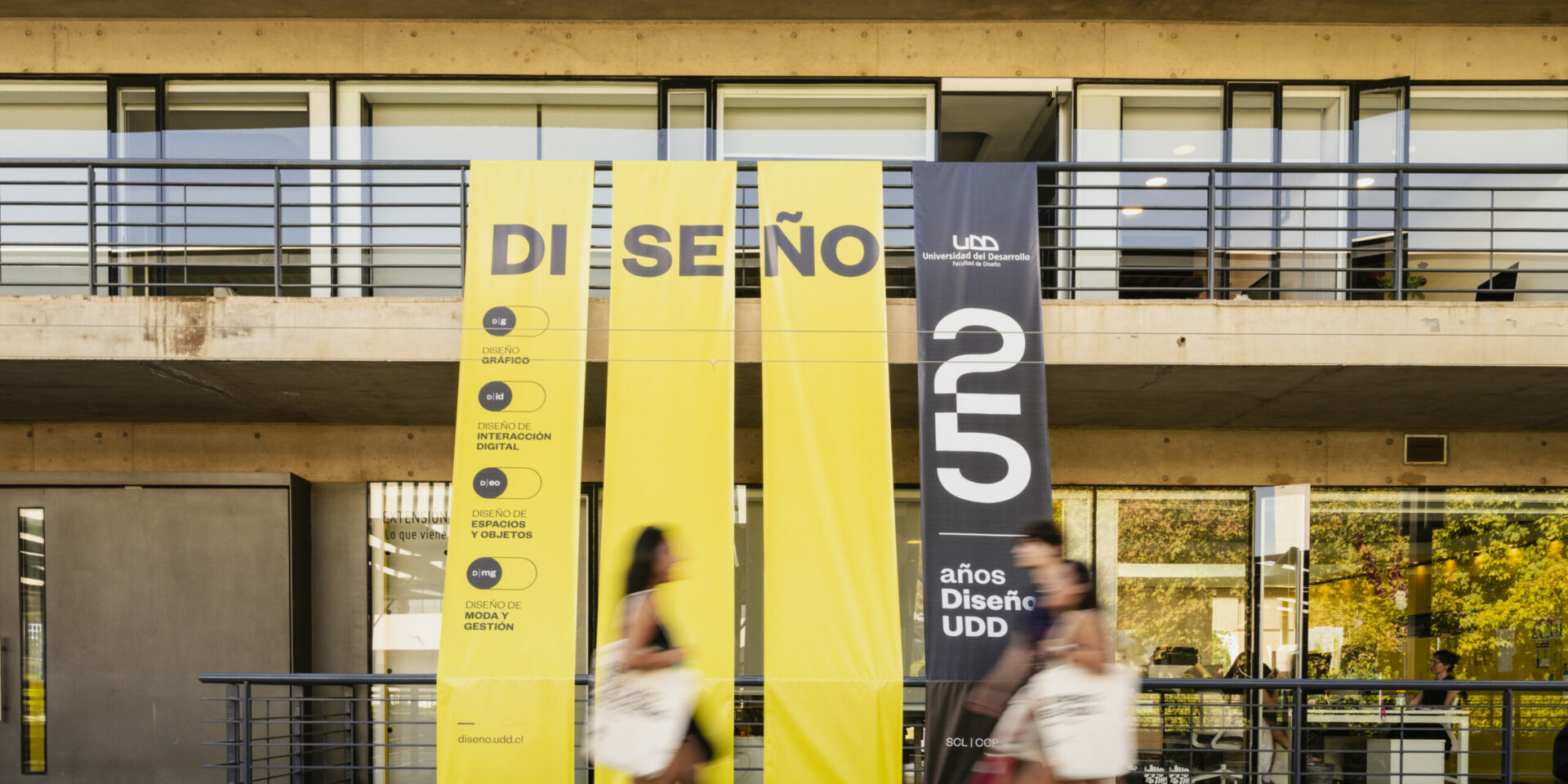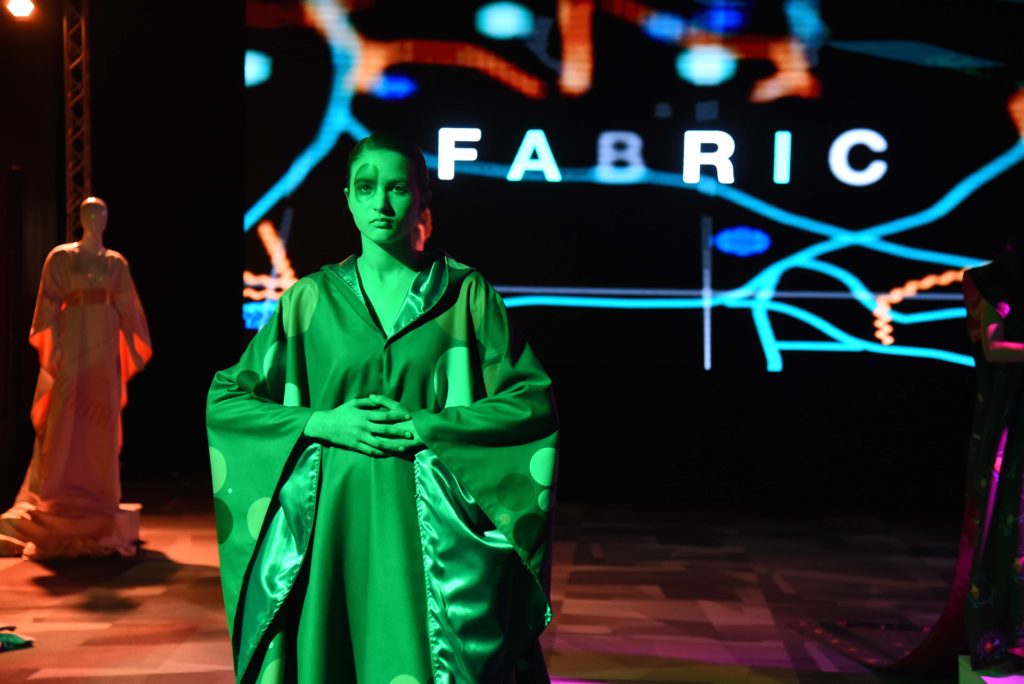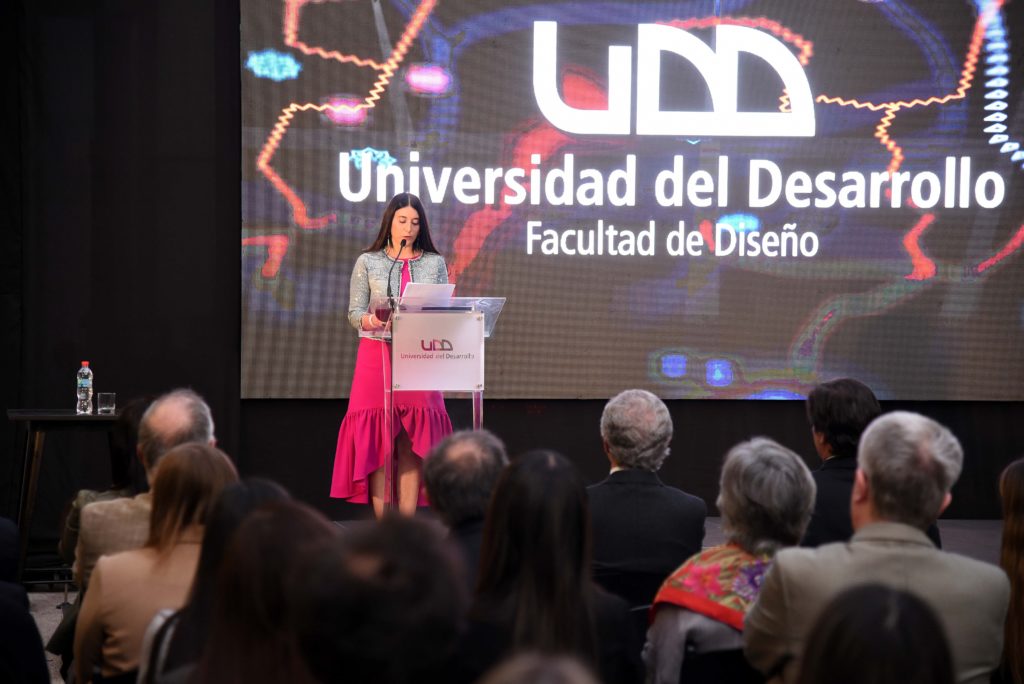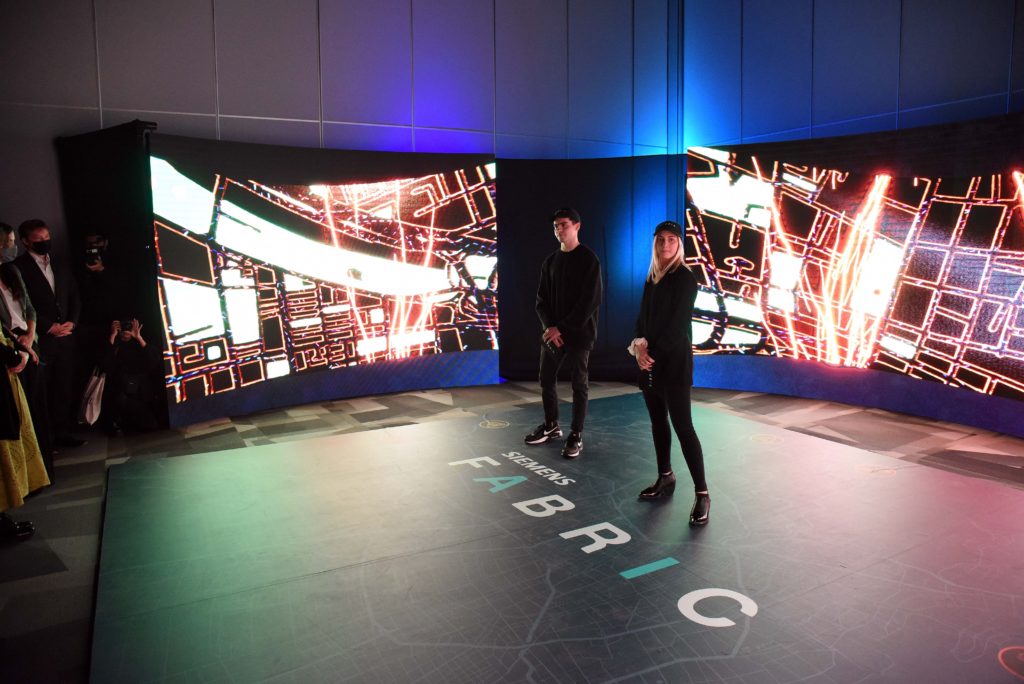
Over two days, the students presented their research and data analysis findings at an engaging exhibition with over 500 attendees.

The German company Siemens and Universidad del Desarrollo (UDD) have joined forces to bring the FABRIC experience to Latin America for the first time. This global initiative, led by Siemens, has been implemented in collaboration with various research institutions worldwide, including South Africa, Portugal, and the United Arab Emirates (Dubai). UDD Design School was chosen by Siemens to reproduce this project, which aims to present interactive data on different elements that impact and modify ecosystems and cities. By demonstrating the importance of understanding and facilitating data flows, this initiative emphasises the ability to make strategic decisions for the future of city living.
According to Eduardo Gorchs, CEO of Siemens South America (excluding Brazil): “The main objective of FABRIC Chile is to create a positive perception of the relationship between technology and humanity. The project aims to link smart data with human emotions and showcase how the collected data can improve city living conditions”. Gorchs believes this initiative can help turn cities into smart territories, ensuring a high-quality lifestyle.
UDD Design students spent almost two years interpreting and visually presenting the data they collected. Their goal was to gain insight into how Santiago, the capital of Chile, and Concepción, the second most important city in the country located in the Biobío region, operate. They also wanted to understand the migration phenomenon in both territories, which has seen remarkable growth in recent years.

These two large cities have become popular locations for individuals from various countries seeking better economic prospects and an enhanced standard of living. Although the influx of migrants has added to cultural diversity, it has also presented difficulties related to integration, accessing services, and safety, among other concerns. Consequently, there is a need to implement fresh public policies.
The students thoroughly examined ecosystems to comprehend the workings of both natural and man-made environments. They looked at various indicators such as traffic on roads, water supply, bus routes, population density, energy flow, and other data related to air, sea, land, and technology. Based on this analysis, they developed experiences that addressed significant issues of our surroundings in an accessible manner. These experiences were classified into four categories: Luminous and Audible Territories, Possible Territories, Invisible Territories, and Critical Territories.
During this experience, the students gained the ability to visualise and comprehend data patterns across various services and sectors in the city. They learned about technology that aids in anticipating critical decision-making while also proposing solutions that can enhance the quality of life for those residing in the area in the future. Through design, they envisioned improvements in the territory for the upcoming decades.
On the importance of this initiative, Alejandra Amenábar, dean of the UDD Design School Design, reflected on the key role of design in understanding data and, subsequently, articulating possible responses to the problems of the present and future of the planet. «What would data be without the right interpretation? When presented in a table, what numbers cannot communicate becomes clear when communicated physically or visually. This is how design enables us to create mechanisms of interpretation, such as visualisation and auditing, intending to help people to explore, understand and communicate visually in the case of the former and through computer-supported representations of physical data in the latter.”

The authority stated: “We have collaborated with Siemens and a group of over 100 exceptional future designers in the FABRIC project. As a school, we are very proud of this accomplishment. We hope this data can assist the community and authorities consider cities’ future more efficiently and sustainably.”
Regarding the alliance with Siemens, the president of Universidad del Desarrollo, Federico Valdés, indicated that “The introduction of FABRIC to Chile will allow students to gain a deeper understanding of the region and its potential through technology and data. The university has always emphasised exposing students to the business world to keep them up-to-date with emerging trends and encourage new perspectives contributing to Chile’s progress.”

FABRIC Chile: two days of data and design
Design students at UDD used advanced tools to demonstrate how technology can uncover the patterns in a country’s natural and artificial territory, providing concrete examples of how the territory operates.
The launch took place over two days. The first day was reserved for Siemens and Universidad del Desarrollo officials, executives, and collaborators, while the second day was open to students and the general public. Over 500 visitors attended the open day.
The live exhibition consisted of an immersive proposal of maps of Santiago and Concepción in a tour of four rooms set up in the Aula Magna of UDD, where various data could be displayed interactively.
The analysed data, published by different public and private institutions in Chile and abroad, provided a unique possibility to develop four design projects focused on important issues in our territory, which were classified as follows:
Light and audible territories. Students worked with data on light and noise pollution in cities, which were reflected by audio and movement sensors that interacted with the spectator, simulating the conditions of these types of pollution in large cities.
Possible territories. This project utilised data on population growth in various areas of Santiago de Chile to create an interactive, remote-controlled system. It was operated using circuits, programming codes, and Arduino motors. The user could explore different parts of the capital and learn about the population in those areas.
Invisible territories. The analysis of data on the urban landscape and its residents led to the discovery of hidden territories. This information was then visualised using augmented reality on smart devices to showcase sustainable living features within the community.
Critical Territories. Aimed to capture information about human intervention through textiles in urban and natural environments. Students successfully converted data into fabric prints that served as informative diagrams on migratory birds, human immigration, forestation, and reforestation.



The FABRIC Chile project highlights the significance of comprehending territories, ecosystems, cities, and species. It encourages us to contemplate how we live and prosper and to develop a sustainable future to overcome present-day obstacles. By gaining knowledge about ourselves and the natural world, we can always find a way to improve our lives and create a better tomorrow.